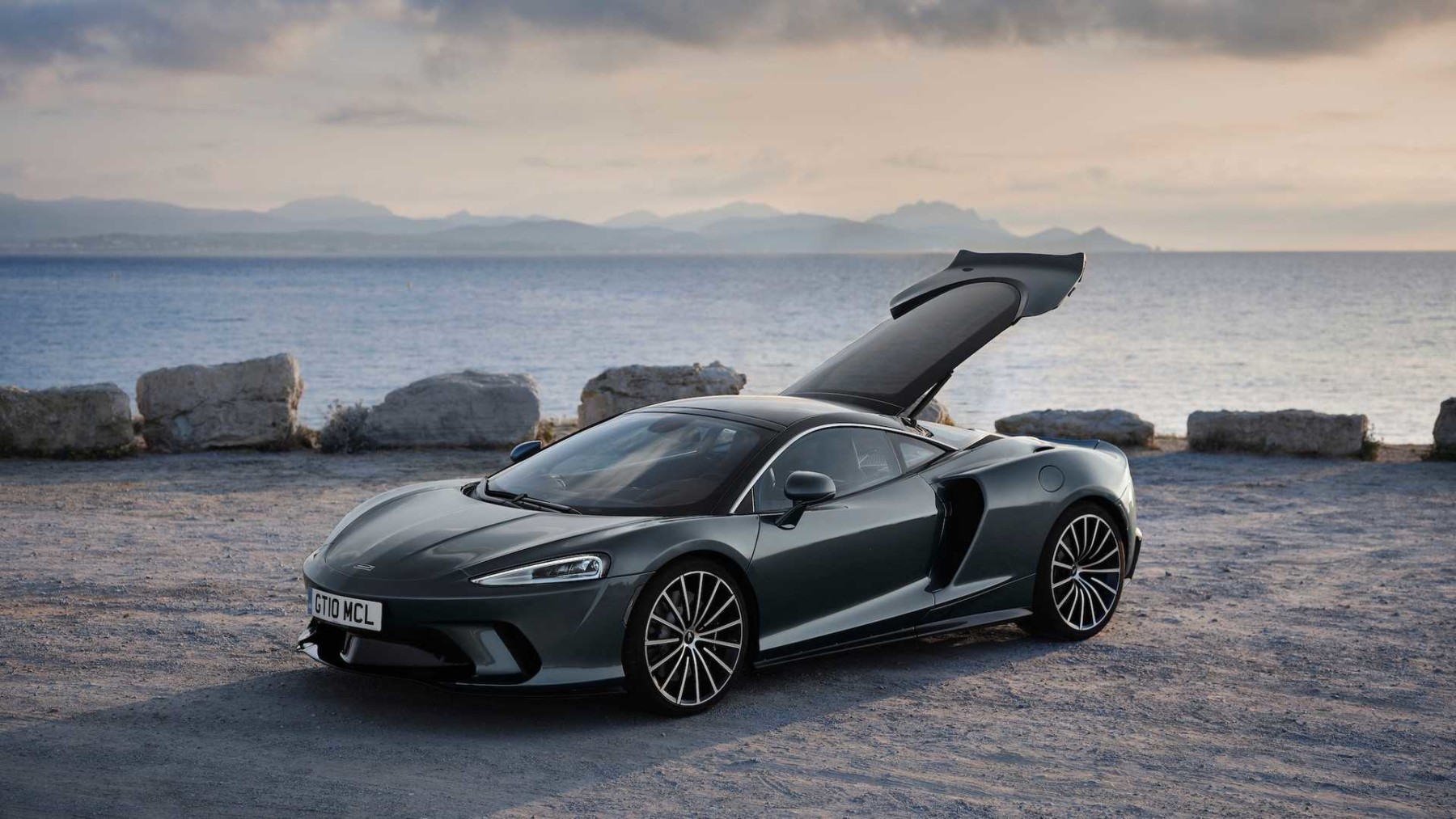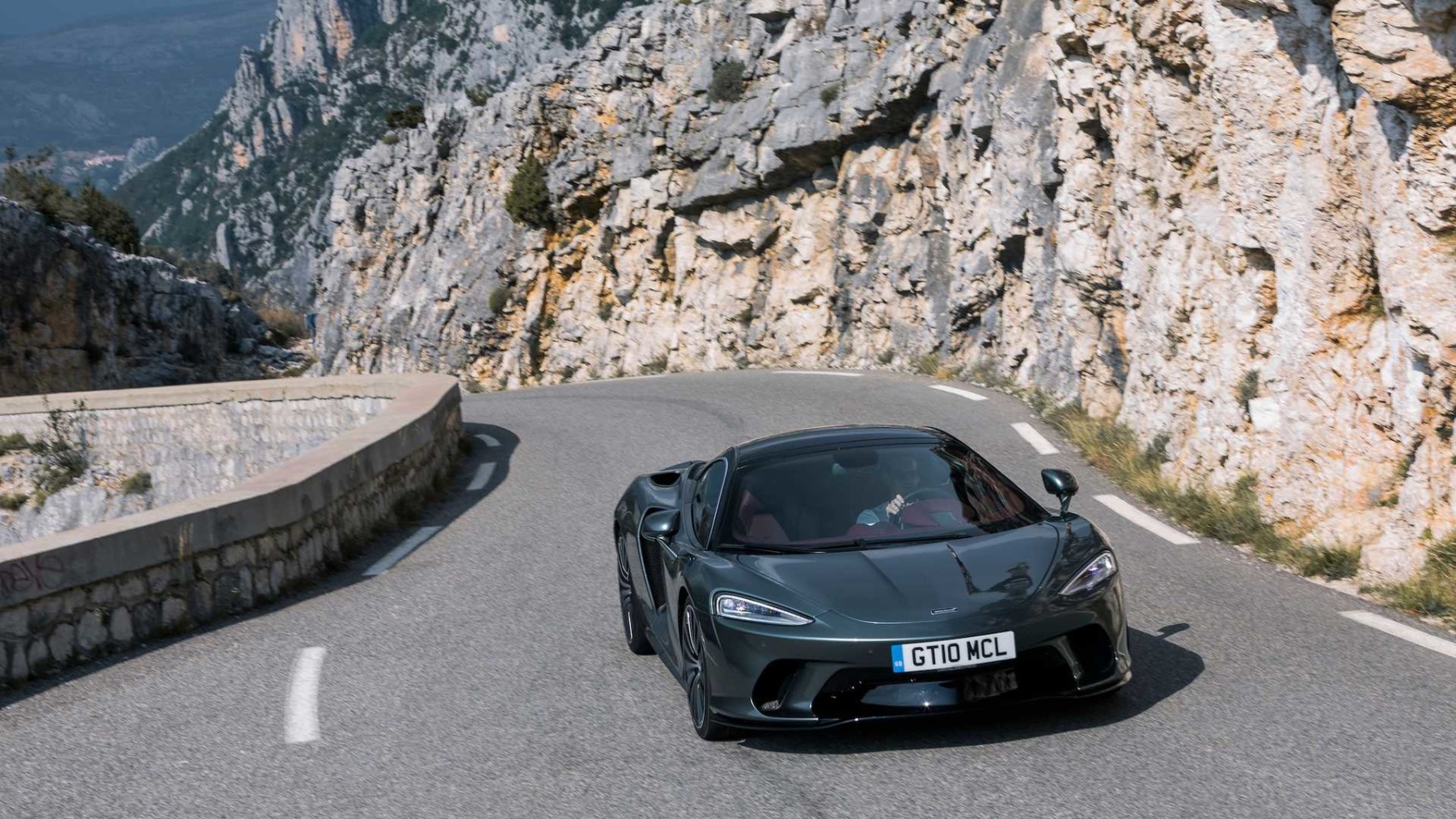I am more of a classic car fan than I am interested in multi-six figure modern supercars. Most of the cars featured here are the things I admired for and lusted after in my own misspent youth.
Still, you cannot help but notice how robust the supercar space has become: The choices facing the ultra wealthy now include Aston Martin, Bentley, Ferrari, Lamborghini, Rolls Royce, plus the high end offerings from Audi, BMW, Lexus, and Mercedes. What it means in terms of popularism, economic inequality or broader societal issues is perhaps best discussed in another essay. But the increase in choices and the growth the sector have been noticeable.
It has been so robust that that over the past decade, you may have missed that a new supercar company has penetrated the market and become yet another viable competitor. To that list above we now add McLaren. They began as a racing team int he 1960s, built 106 F1 cars starting in 1992, collaborated with Mercedes-Benz for the SLR McLaren, launched as a standalone manufacturer in 2010.
Every vehicle is hand-assembled at the McLaren Production Centre (MPC) in Woking, Surrey, England. In a little over eight years, they have produced an impressive 20,000 cars. The plan is to maintain production of around 5000 cars a year. Thats comparable to the F-cars and Lambo production numbers (In 2016, Ferrari produced 8,014 cars; Lamborghini capped 2020 production at 8,000)
Aimed at fellow Brit automakers Aston Martin DB11 AMR and Bentley Continental GT, the GT ticks off all of the usual boxes:
4.0-liter twin-turbo V-8 engine
612 horsepower and 465 lb-ft of torque
0-to-60-mph 3.1 seconds
0-to-124 mph in 9.0 seconds flat
MonoCell II carbon-fiber tub
3,384-lb dry weight
I was never much of a McLaren fan, but I am intrigued about the economics of hand producing 5000 cars per year. That explains why the car has a MSRP of $210,000, versus the BMW i8 or the Audi R8.
Source: Motor1

Source: Motor1
See Also: McLaren, Robb Report, CNET, Car and Driver, McClaren Boston


































